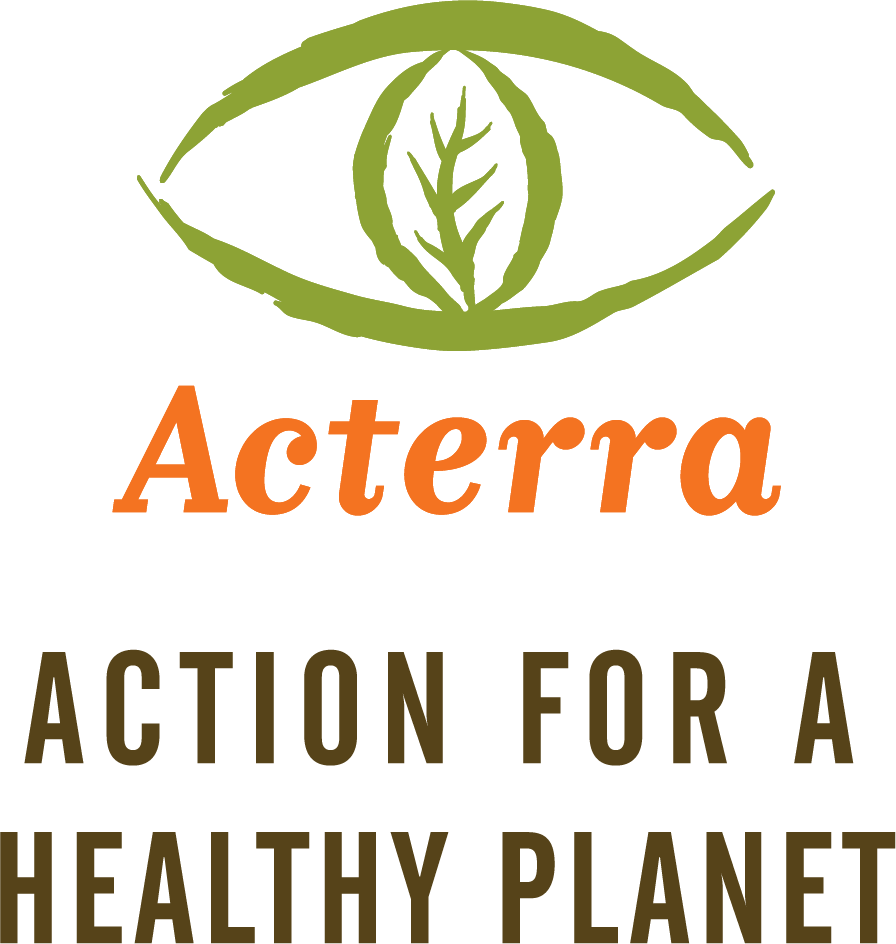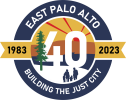The Campaign
We have concluded the 2024-2025 Bay Area Heat Mapping Campaign! Look out for news about a Extreme Heat Summit, coming August 2025.
This work would not be possible without the support from the Schmidt Family Foundation, the National Oceanic and Atmospheric Administration Urban Heat Island Initiative 2024, the Partnerships for Climate Justice in the Bay Area at The Haas Center for Public Service, Pete Cerneka and Students for a Sustainable Stanford, Acterra, CAPA Strategies, the City of Palo Alto, the City of East Palo Alto, the Mayor of Menlo Park, Youth Community Service, and Belle Haven Action. Last but certainly not least, all our volunteers! Our work is only possible because of the long-term investment from the government in institutions such as NOAA, the National Weather Service, and Campaigns to address the impacts of Urban Heat Island across cities throughout the U.S.
Climate change exacerbates and increases the incidence of extreme heat events. According to NOAA, extreme heat consistently leads to the deadliest outcomes of all weather events annually. Understanding how heat impacts our communities is increasingly necessary.
As part of the National Oceanic Atmospheric Administration’s (NOAA) Urban Heat Island Mapping initiative, and with the contributions of the Schmidt Family Foundation, the Palo Alto Student Climate Coalition (PASCC) is working with Acterra, CAPA Strategies, the City of Palo Alto, the City of East Palo Alto, the Mayor of Menlo Park, Youth Community Service, and Belle Haven Action to map the distribution of heat throughout the Bay Area. The purpose of the 2024 Bay Area Heat Mapping Campaign is to measure the temperature and humidity across 3 cities: Menlo Park, East Palo Alto, and Palo Alto.
Our Campaign is part of a larger initiative with NOAA and NIHHIS.
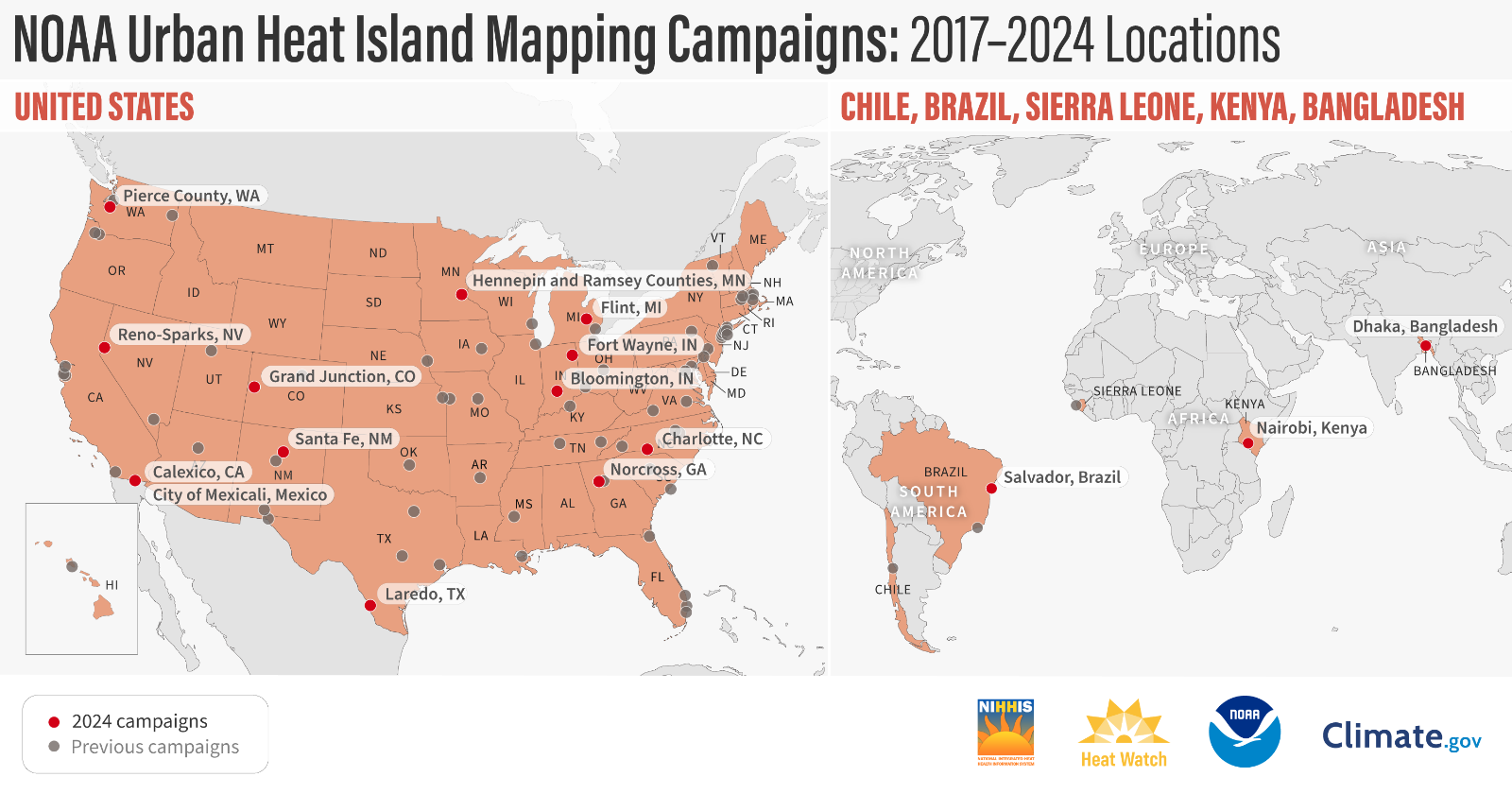
The Task
On one of the hottest days of the summer (a Saturday in late August/early September), volunteers will drive along pre-planned routes (with sensors attached to their cars) to record temperature, humidity, and GPS location data throughout the morning, afternoon, and evening in Palo Alto, East Palo Alto, and Menlo Park.
With the data volunteers collect, temperature maps are created which will allow for better project design and policies that can address heat-related health issues across the region. The data will also support decision-makers and government officials in their urban planning and in identifying areas that are most vulnerable to heat, helping to develop climate, urban forestry, housing, and other policies and practices to improve the lives of Bay Area residents. This work will help our cities better understand the underlying inequities in how our communities experience extreme heat. We will then be able to implement local cooling solutions in the most vulnerable areas.
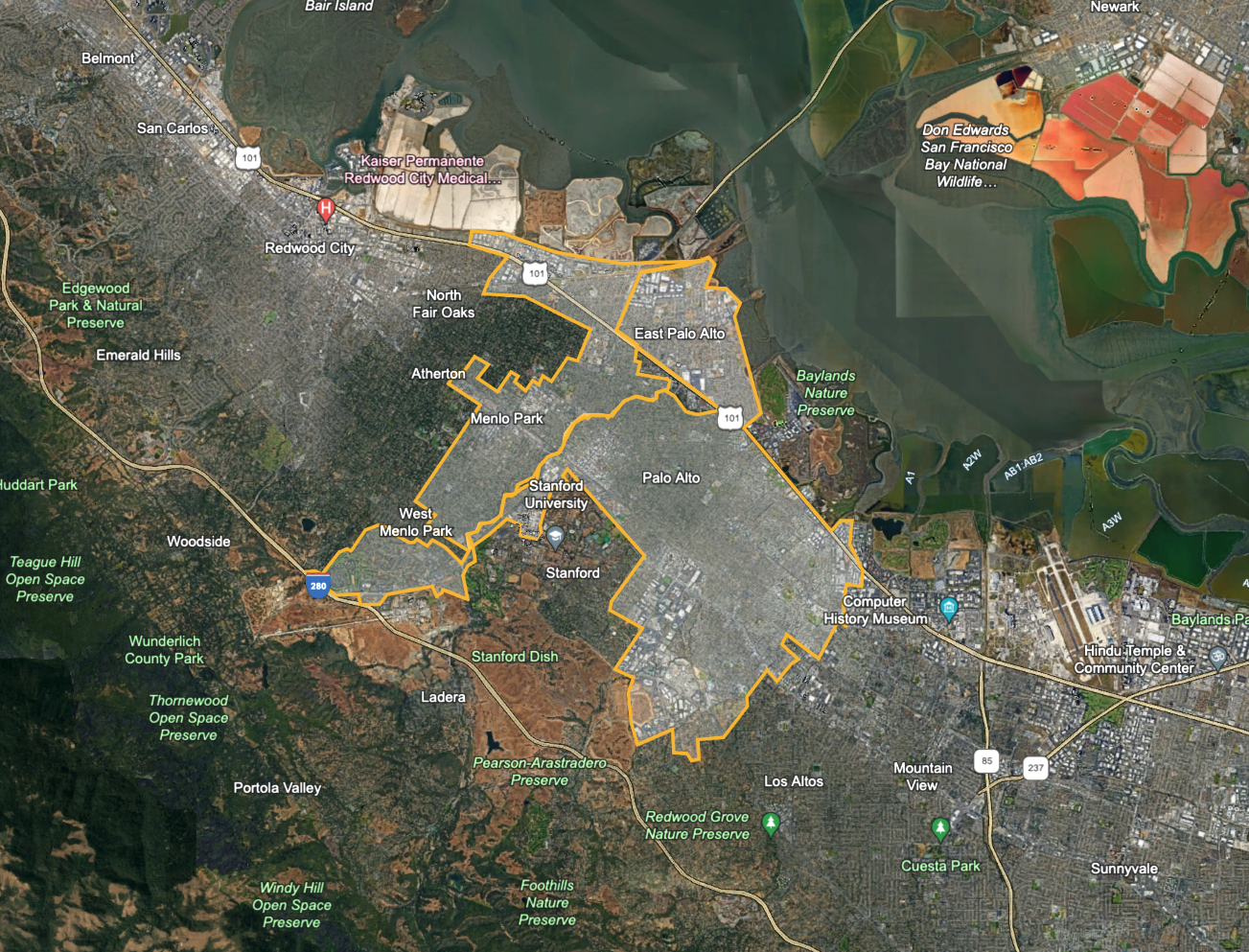

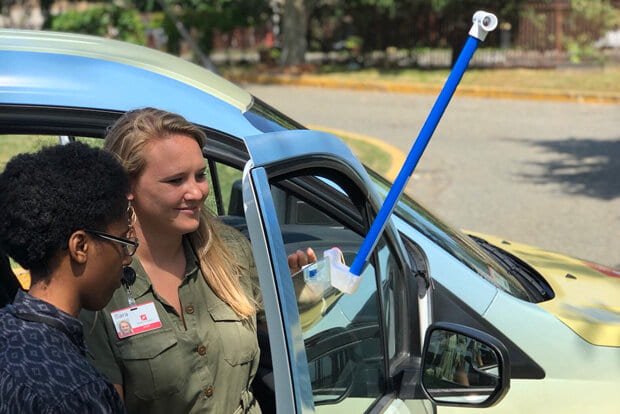
Urban Heat Island Effect
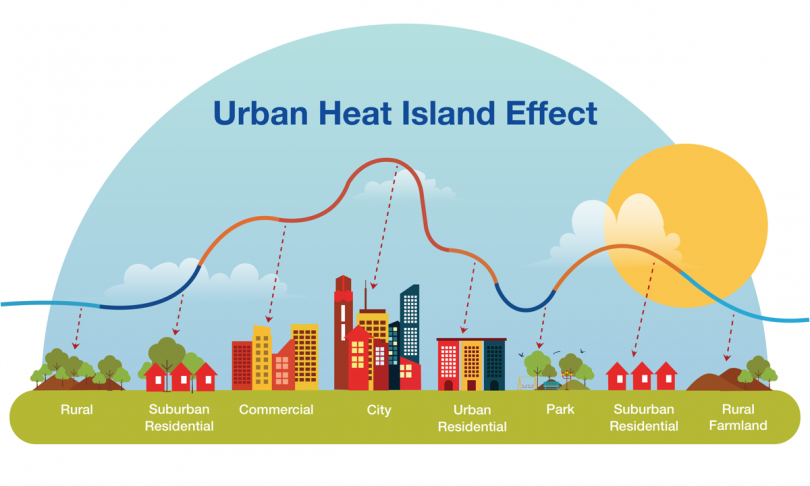
Urban areas are especially prone to high temperatures due to a combination of impervious surfaces (buildings and roads), limited green spaces, and heat-producing factors like car use and industrial activity. This problem, known as the “Urban Heat Island Effect,” can create issues for human health, infrastructure, and quality of life. Understanding how temperatures vary based on qualities of the natural and built landscape can inform how we reduce the impacts of rising summer temperatures in our communities.
Our Partners

